
Nature
14:33, 24-Dec-2018
China releases 40-year assessment of the Green Great Wall
Updated
14:11, 27-Dec-2018
By Ding Qian
00:42
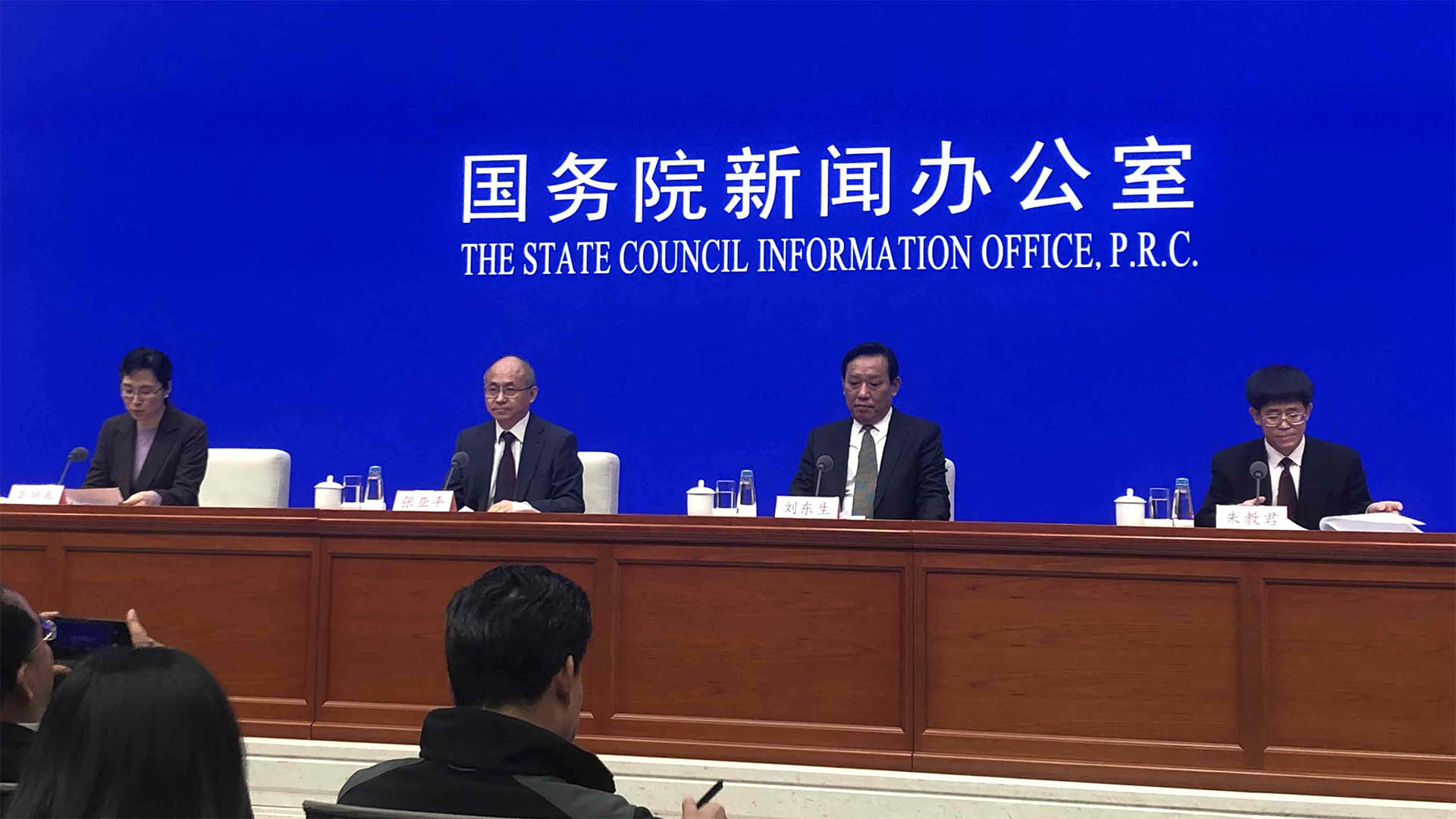
The authorities in China have reported continuing progress in a massive effort to stem desertification in the north of the country in what has become known as the Green Great Wall project.
The Three-North Afforestation Program (TNAP), which has been ongoing for 40 years, is said to be the world's largest tree-planting project covering more than 95 percent of China's wind-sand damaged areas and 40 percent of areas hit by soil erosion.
China's State Council Information Office on Monday released the latest update on the program in the north, northeast and northwest regions in which it was also acknowledged that execution challenges remain.
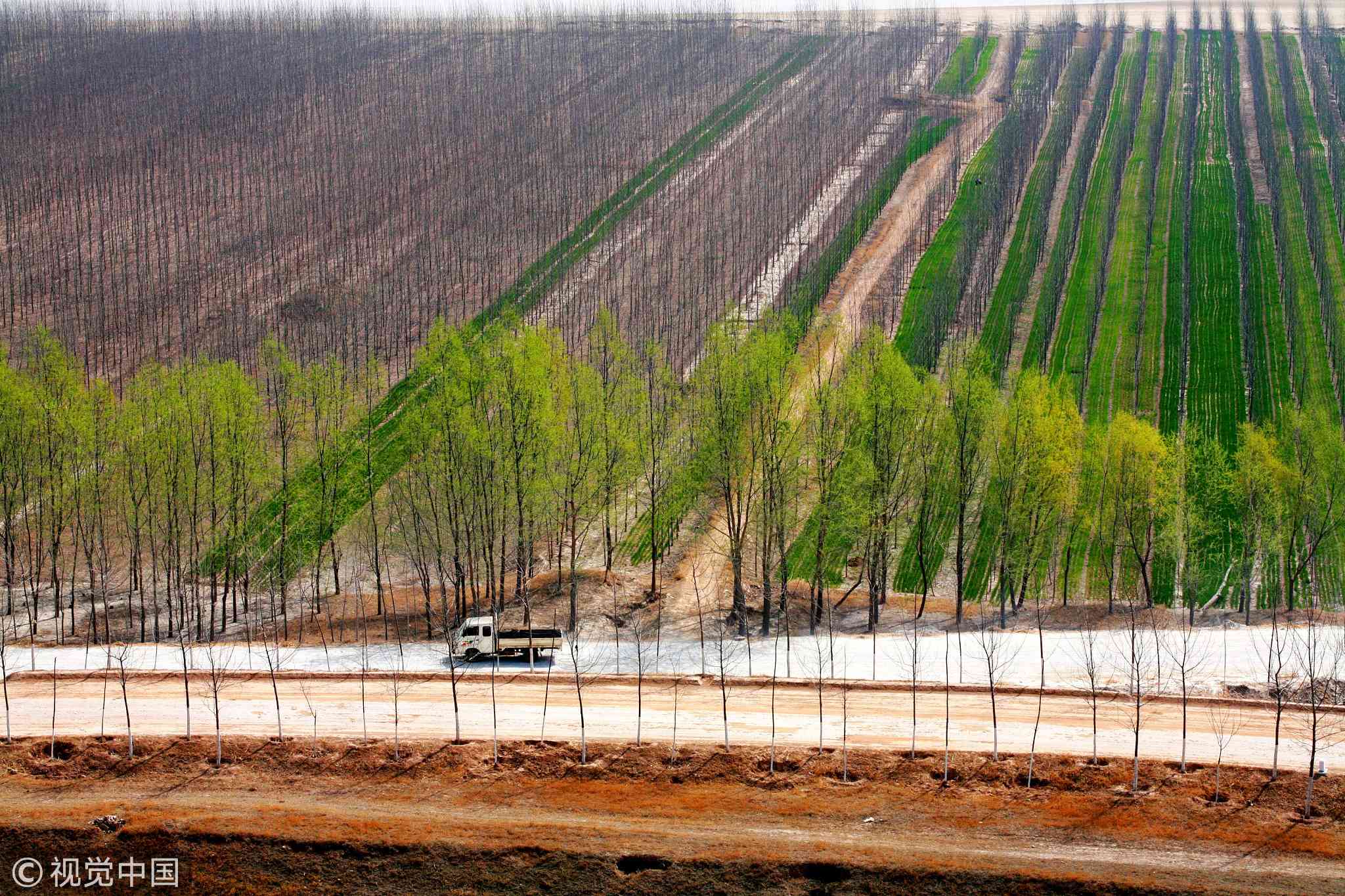
TNAP /VCG Photo
TNAP /VCG Photo
Achievements of TNAP
According to the assessment, the forest area of TNAP has increased by 21.56 million hectares since 1978. The completed afforestation areas have been up to 46.14 million hectares, amounting to 118 percent of the planned afforestation tasks in the same period. Since 2000, desertification has overall been under control and key areas have been significantly improved, the report said.
In addition, the areas of soil erosion by water in the TNAP regions have been reduced by 67 percent in total. The total value of forest ecosystem services in the TNAP regions increased from 4.8 billion yuan (around 695 million U.S. dollars) in 1978 to 234.47 billion yuan (about 34 billion U.S. dollars) in 2017.
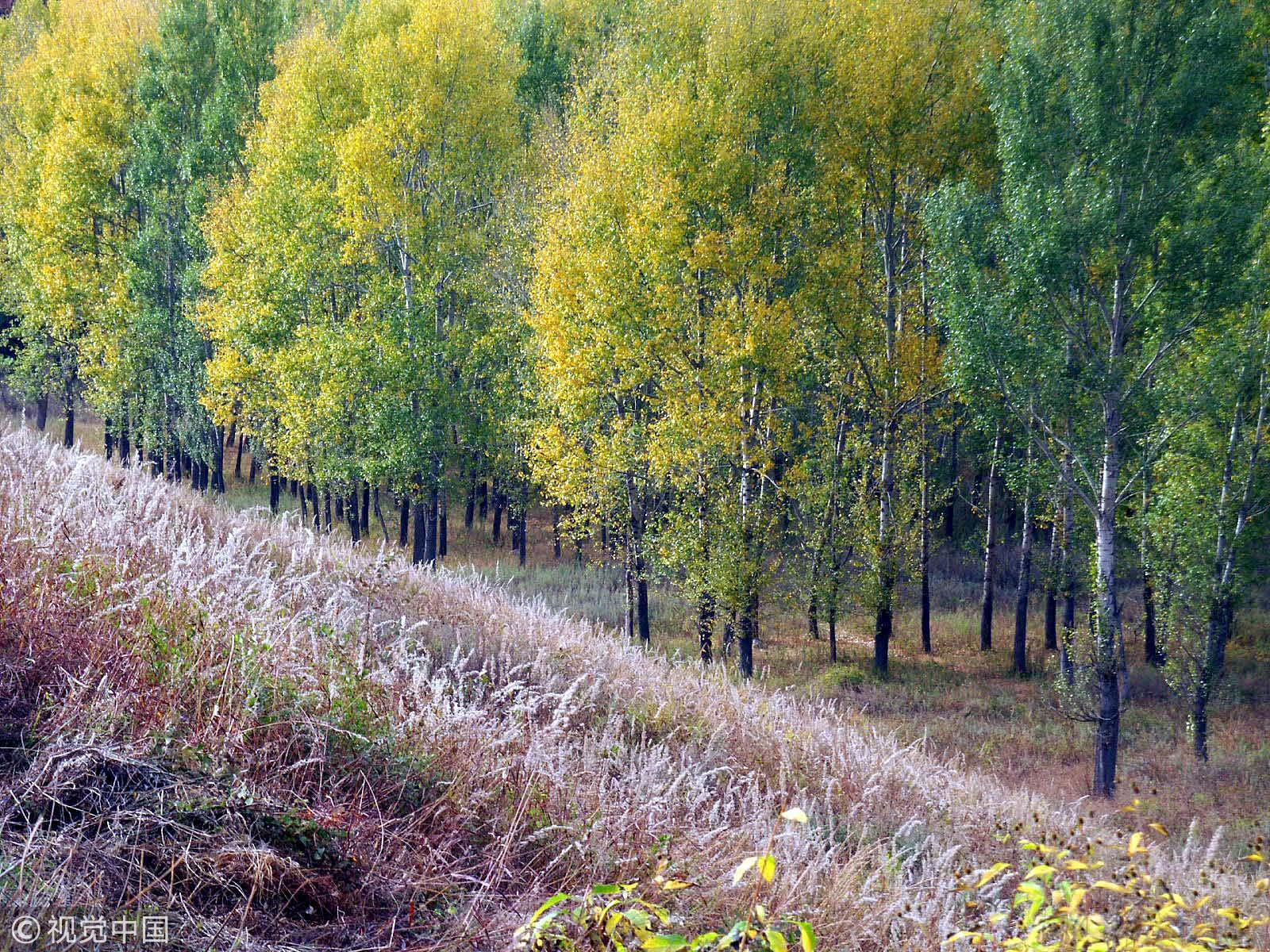
TNAP /VCG Photo
TNAP /VCG Photo
Apart from this, the local economy and social development have been promoted by the forest fruit industry and forest tourism in TNAP regions. At present, the annual output value of forest fruit and forest tourism has reached 120 billion yuan (around 17 billion U.S. dollars), absorbing 313 million rural laborers and achieving stable poverty alleviation for about 15 million people.
Moreover, farmland shelter belts have effectively improved the agricultural environment. The cumulative increase in grain production contributed by farmland shelter belts in the past 40 years was about 423 million tonnes.
Problems and Suggestions
Though the project has achieved much success, challenges remain. Since most of TNAP regions are arid and semi-arid areas, lack of systematic consideration of the local water resource can lead to forest decline. The average afforestation rate of TNAP is 47 percent, but about 25 percent of the forests are in an unhealthy state.
Besides, TNAP plays a limited role in reducing severe desertification; the effect of TNAP is far from counteracting the disturbance of human activities.
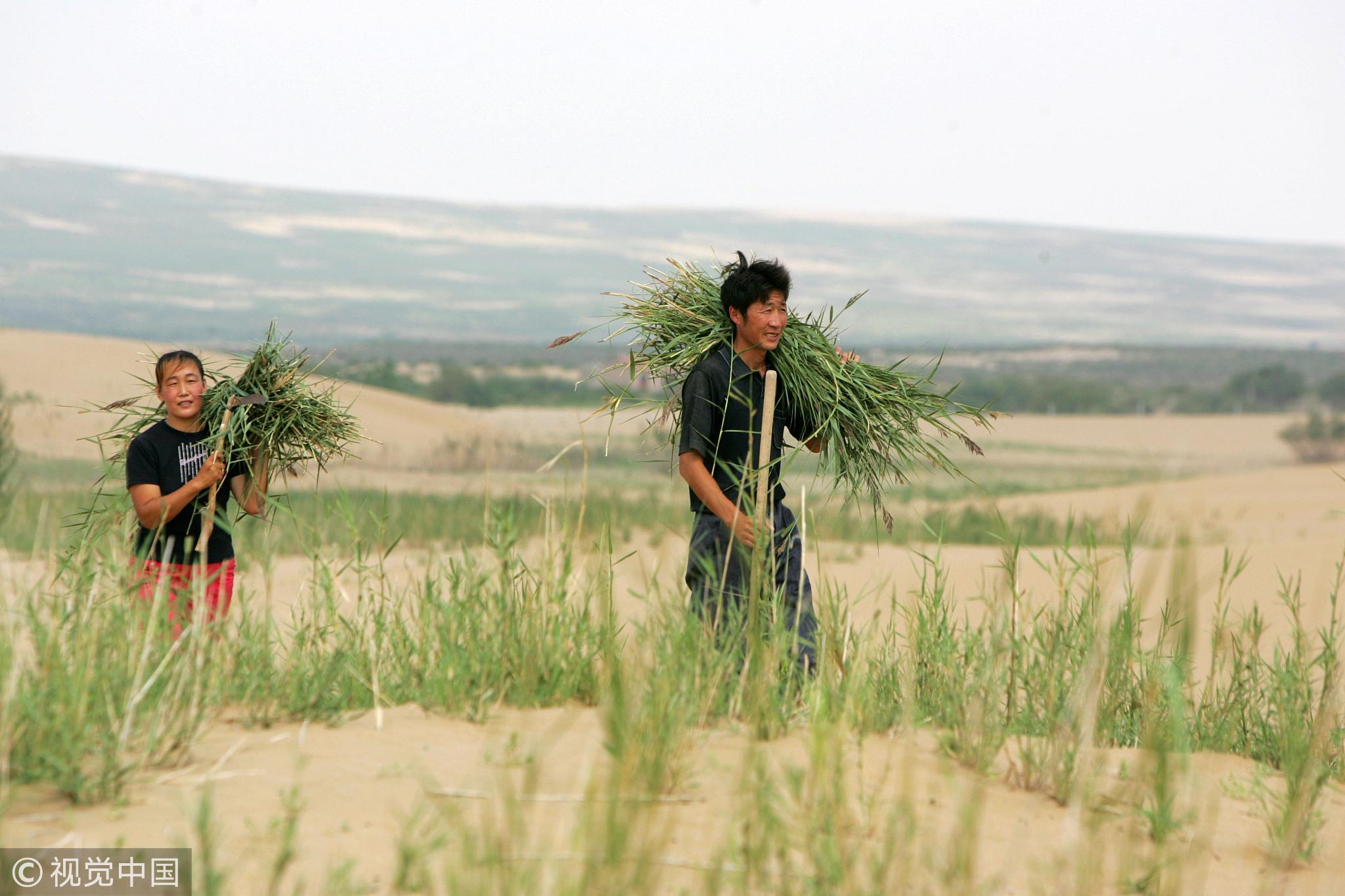
Villagers in north China's Inner Mongolia Autonomous Region have contributed to the project. /VCG Photo
Villagers in north China's Inner Mongolia Autonomous Region have contributed to the project. /VCG Photo
On top of this, in the past 40 years, the proportion of investment in TNAP technology was less than 0.5 percent of the total investment. The low level of technologies have restricted the quality of TNAP. Therefore, funds for scientific research and personnel technical training need to be included in the construction of TNAP in the future.
Based on sustainable development, the TNAP construction tasks should be more diverse, which means TNAP should not only be a forestry project; preliminary work such as planning and regeneration should also be included in the new era.
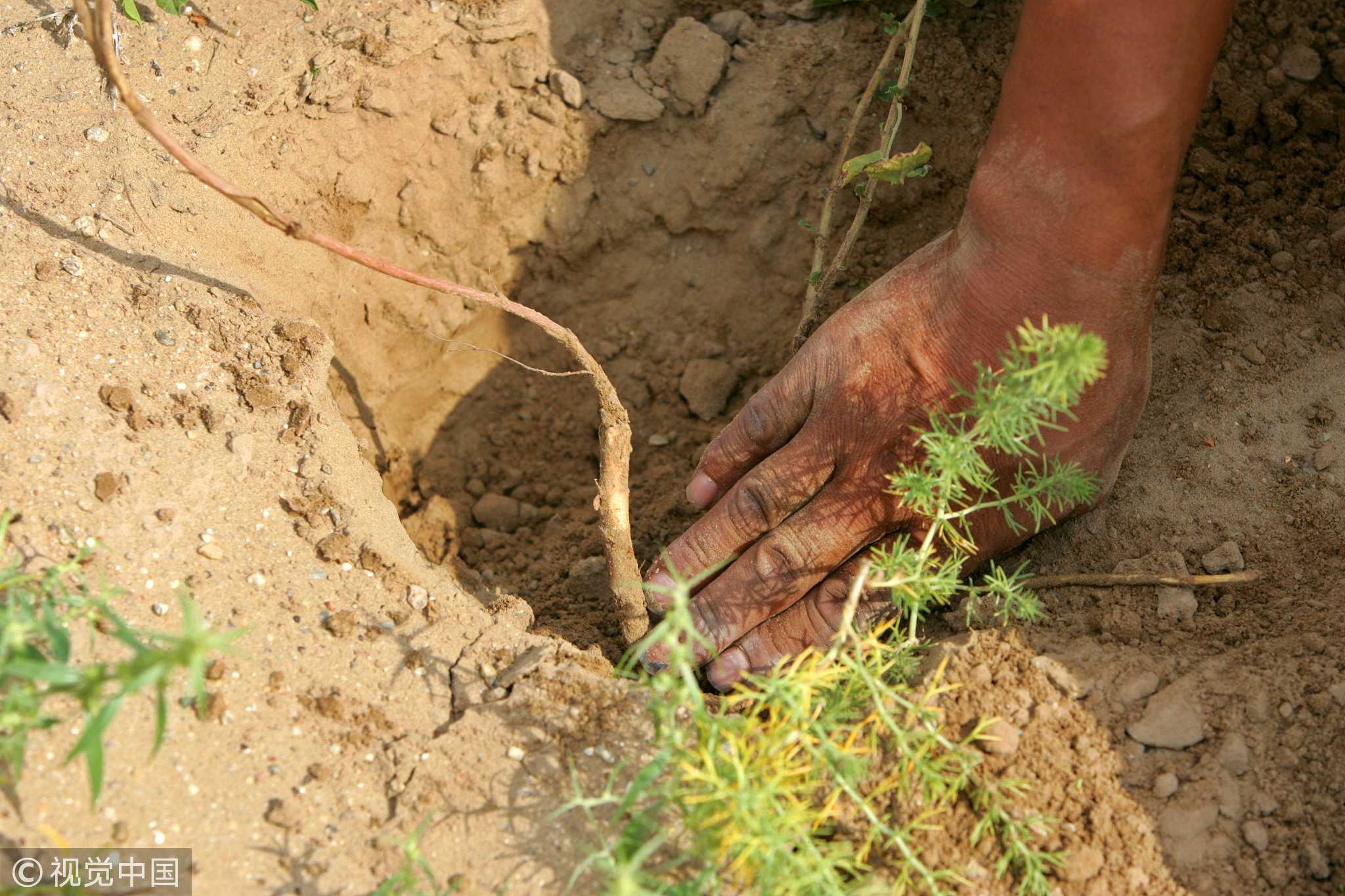
Growing plants in Inner Mongolia Autonomous Region. /VCG Photo
Growing plants in Inner Mongolia Autonomous Region. /VCG Photo
Other suggestions include building a comprehensive regionalization system of the "mountain, water, forest, farmland, lake and grass" in the Three-North regions; adjusting the existing land tenure and implementing the unified planning of forest, farmland, and water; and constructing the Three-North Ecological Zone based on the TNAP.
Background
This year marks the 40th anniversary of the construction of TNAP. In order to improve the ecological construction effects of TNAP, the Chinese Academy of Sciences was commissioned by China's National Forestry and Grassland Administration to carry out a comprehensive assessment of TNAP as a third-party agency.
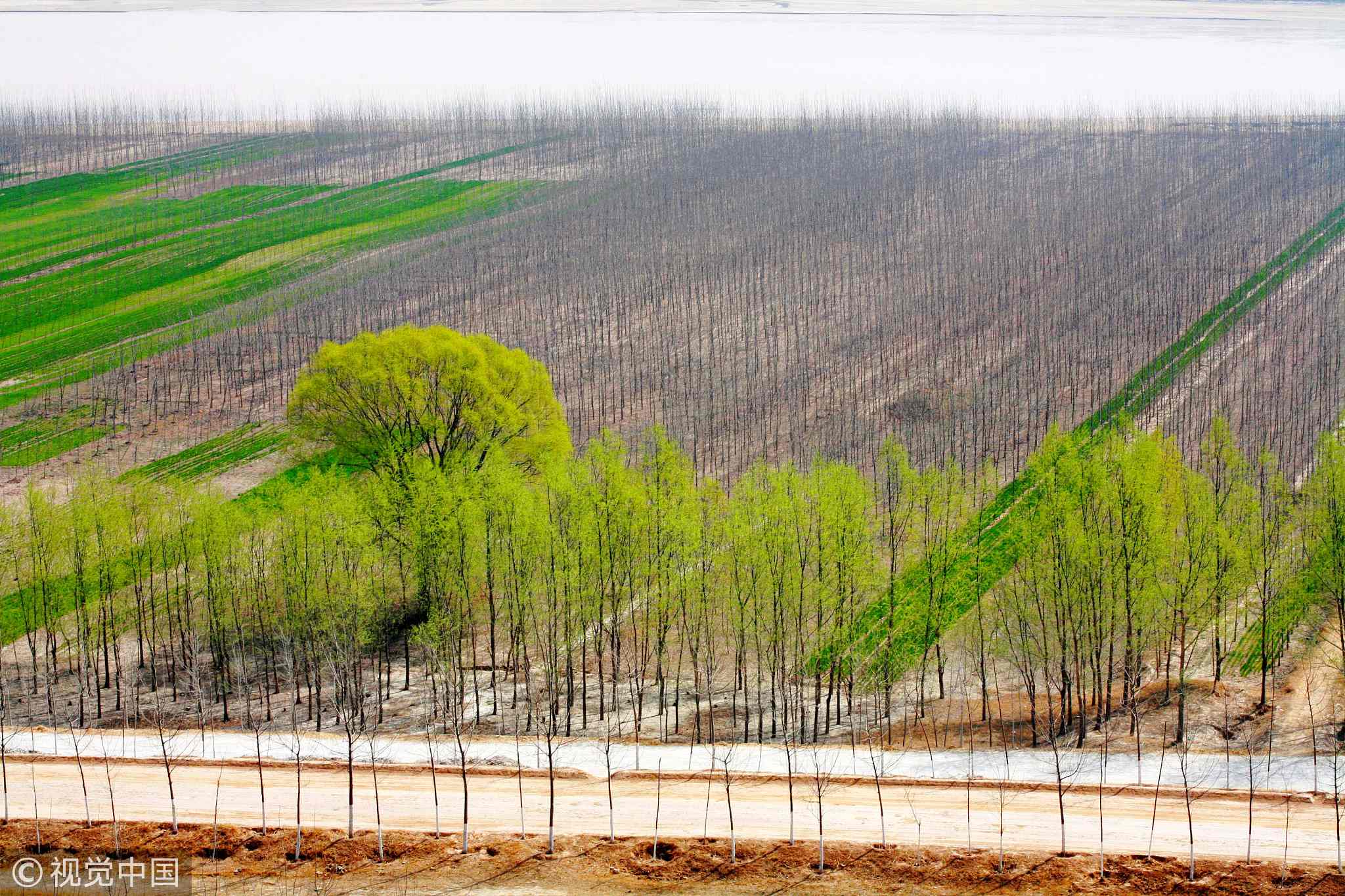
TNAP /VCG Photo
TNAP /VCG Photo
The assessment group employed the field observation and survey data of more than 230,000 forest-related plots in the TNAP area, conducted a large-scale field investigation of more than 70,000 kilometers, and analyzed nearly 2,000 scenes of five-phase remote sensing images between 1978 and 2018. Documents, national statistical data, and other materials were also applied.
(Zong Jinyi contributed to this story.)

SITEMAP
Copyright © 2018 CGTN. Beijing ICP prepared NO.16065310-3
Copyright © 2018 CGTN. Beijing ICP prepared NO.16065310-3